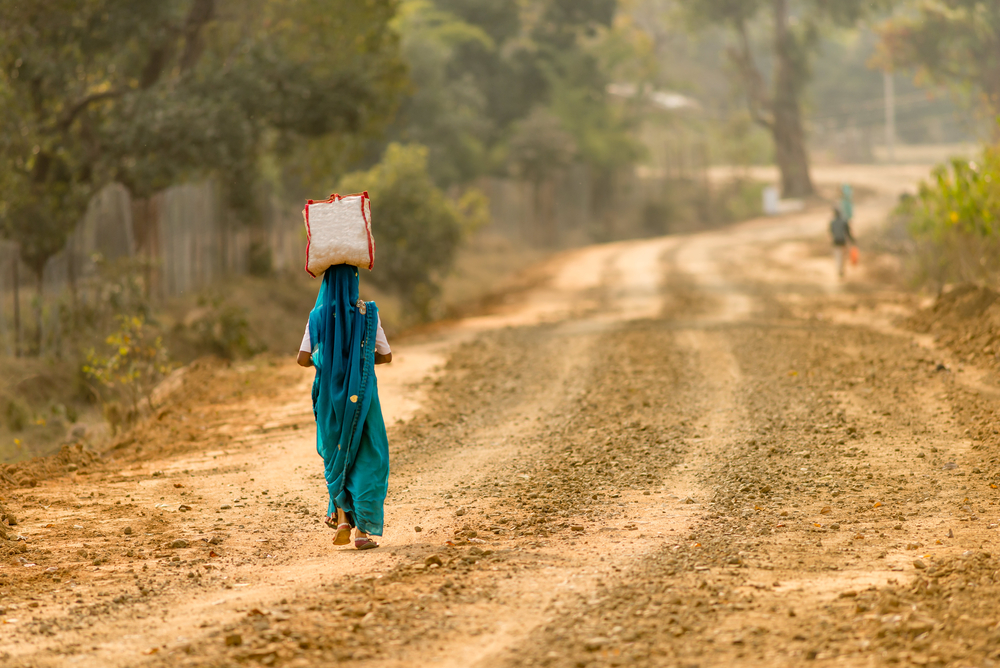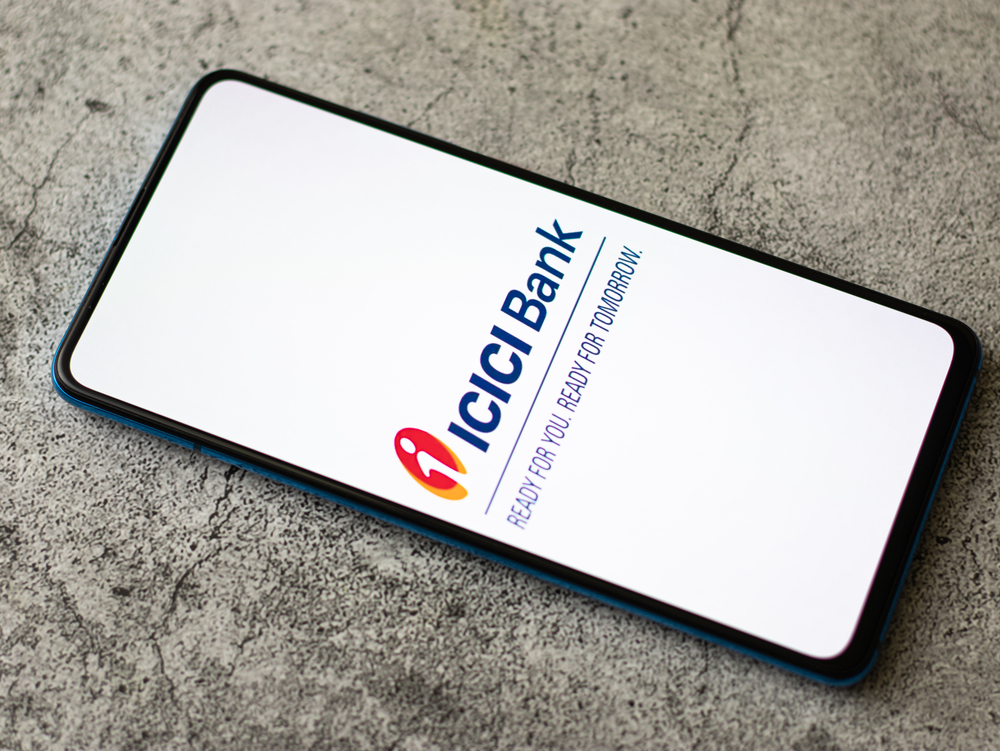A Key To Boost Prosperity & Reduce Poverty
Financial ecosystem has evolved with the intent to provide the underprivileged access to financial resources

Digital and financial inclusion is the key driver of economic growth and development. According to Finclusion, under the “Pradhan Mantri Jan-Dhan Yojana” (PMJDY) scheme, the proportion of the financially included population grew from 54 per cent to 81 per cent. While these initiatives have helped to encourage previously under-banked populations to access formal financial institutions, issues remain of dormant accounts and last-mile connectivity of banks and other financial institutions. A lot more needs to be done to make rural India digitally as well as financially empowered.
Why is digital and financial inclusion important?
Financial inclusion is a key enabler in boosting prosperity and reducing poverty. It helps rural masses get access to banking facilities, easy online transactions and make daily payments reliable. Also, it brings everyone under the formal financial system. Rural masses get access to credit which they can use for small-scale income-generating activities. It also helps people invest, save or respond to unforeseeable risks in addition to using insurance products and services. Direct cash transfers to beneficiary bank accounts also ensure that the funds reach the intended recipients instead of being siphoned off along the way.
The government's five year (2019-24) National Strategy for Financial Inclusion for India is a significant initiative to expand the reach and sustain the efforts of financial inclusion by involving all the stakeholders in the financial sector.
Challenges
A robust technology infrastructure is a prerequisite for digital inclusion and while an ever-increasing number of the rural population now has access to mobile devices, these areas still lack affordable and reliable internet connectivity options. Owing to the lack of digital infrastructure in rural areas, the central government's Digital India programme aims to connect 2,50,000 gram panchayats with rural broadband under BharatNet, earlier called the National Optical Fibre Network.
Another major challenge that has disabled digital banking to pick up pace in rural India is that a lot of people in rural areas lack the necessary digital literacy to access these services along with the unavailability of easily accessible online banking services. Moreover, the growing number of cyber-attacks further dissuades them from being a part of the digital economy. Large inequalities in social and economic realms often lead to a lack of inclusive growth and translate into inequalities in terms of opportunities.
What can be done?
Unless a proper infrastructure is provided in rural areas to help people access basic banking facilities, the vision of digital and financial inclusion will remain unfulfilled, despite all the progress made so far. Further, for the success of digital initiatives by the authorities, a multidimensional approach is needed which strengthens the existing digital infrastructure, platforms, policy frameworks and human resources. If corrective measures are taken to tackle the existing challenges, digital initiatives have the potential to trickle down the benefits of economic growth to the poor.
Many companies are venturing into the digital banking space to ensure financial inclusion as well as make the process easy and fast. They are expanding the bill payment sector by facilitating the rural masses with ATP kiosk, PoS machine, and Mobile Vans that accept cash payment along with online digital payment channels including net banking, UPI, debit and credit cards, internet banking. These facilities are enabling the masses to make recurring payments like gas, water, DTH, telecom(landline, mobile and broadband), insurance, loan repayment, FASTag, digitally while adding trust and credibility.
Summing Up!
The financial ecosystem in India has evolved over the years with the intent to provide the marginalised and underprivileged access to financial resources, and Digital India has turned out to be an important intervention. However, the digital divide between the urban and rural is too wide and there exist many challenges which need immediate attention.
The author is Founder and CEO, XPAY Life
DISCLAIMER: Views expressed are the author's own. Outlook Money does not necessarily subscribe to them. Outlook Money shall not be responsible for any damage caused to any person/organisation directly or indirectly.









